This website uses cookies so that we can provide you with the best user experience possible. Cookie information is stored in your browser and performs functions such as recognising you when you return to our website and helping our team to understand which sections of the website you find most interesting and useful.
European Detour: Spain
By Gabriel Power | 4 March 2021 | Culture, Food & Drink, Travel
Five exclusive destinations for those looking to go against the grain and avoid the crowds
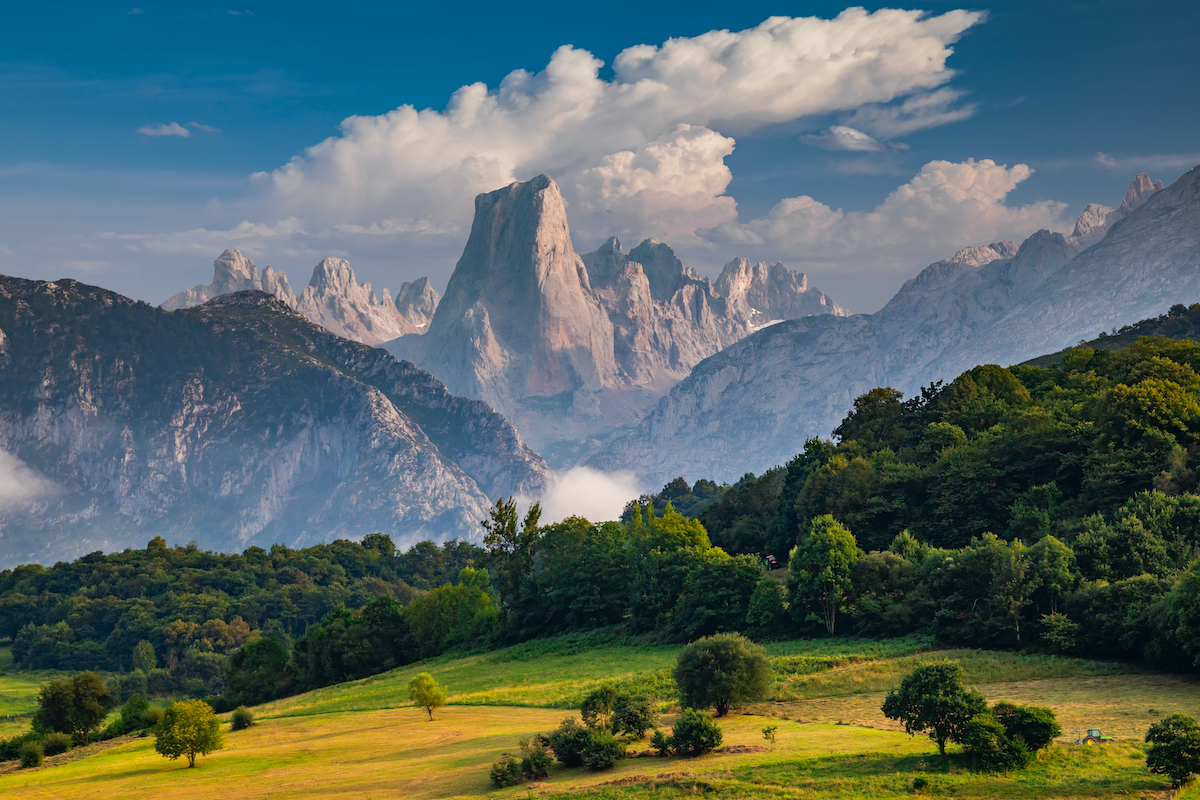
With international travel now a very real possibility in 2021 after a lengthy delay, holidaymakers are already gearing up to take to the European mainland for the post-pandemic trip of a lifetime. But if the glitz and glam of the continent's iconic cities or the chaos of its tourist-thronged beaches is a somewhat off-putting prospect for you, why not explore some of the lesser-known corners of Europe away from the crowds? In our brand-new online-only series European Detour, Tempus explores the most spectacular regions, cities and sights in each of the continent's most popular countries for holidaymakers. In this second instalment we hop over the Pyrenees to Spain.
To many, the mere idea of holiday in Spain conjures up a very specific image; one of sunburnt British families alternating between lazing on the hot sands of a tourist trap beach and yelling at the world's most patient waiters in bizarre broken English. But this could scarcely be a more unfair reputation for this magical country, the third-most visited in the world behind neighbouring France and the US.
It would be no exaggeration to suggest that Spain is perhaps the most linguistically, culturally and geographically diverse nation in Europe – a hangover from its millennia-long history as a collection of separate city states and feudal kingdoms, some of which struck uneasy alliances while others declared all-out war with one another. So, if a country can go from dramatic snow-capped peaks in the north, where the people drink robust cider and speak a Celtic-influenced dialect, to the scorching southern islands off the coast of Africa where volcanos still erupt, it goes without saying that there must be a wealth of wondrous sights in between the two that often go overlooked by tourists.
Below are five of the most spectacular destinations in Spain that may have gone under your radar.
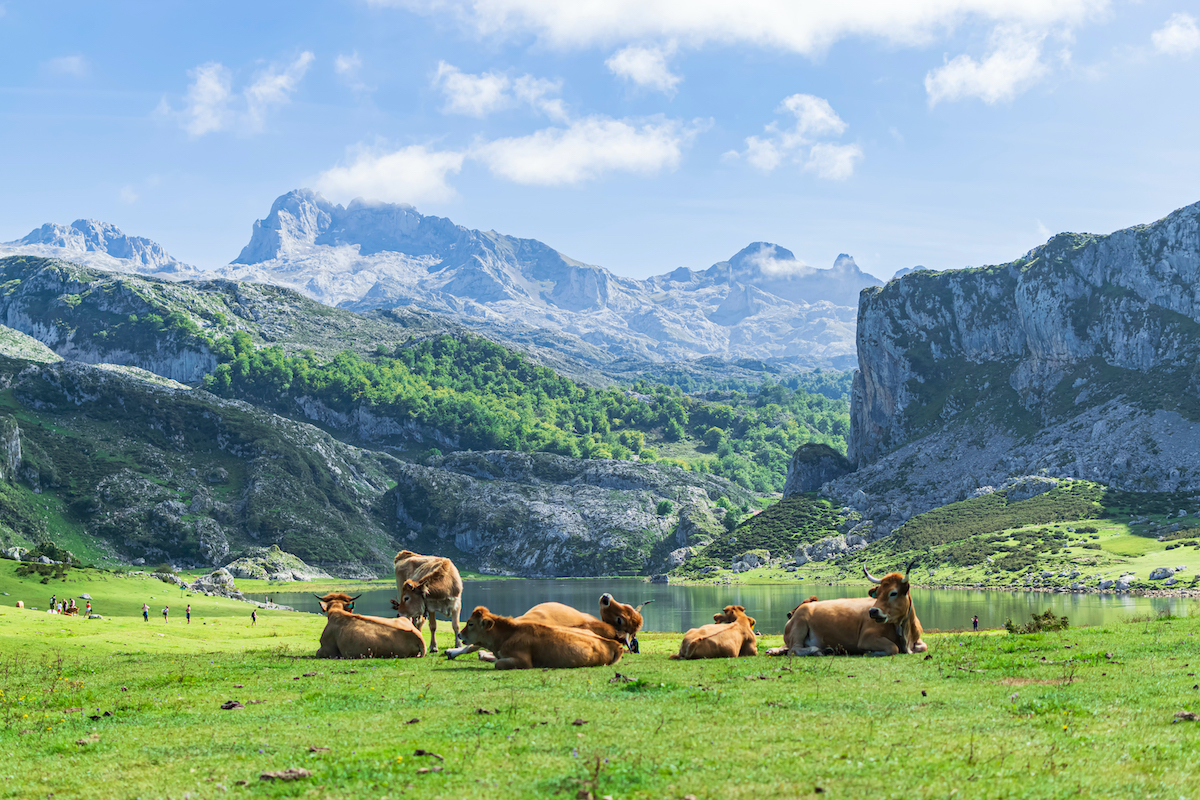
ASTURIAS
To cut a long story short: Asturias is Spain like you've never seen it before. Cut off from the arid, baking hot climes of the lowlands by the enormous snow-capped peaks of the Picos de Europa mountain range, this fascinating and frankly bizarre region on the country's northern coast is essentially its Celtic corner due to centuries of immigration from northern Europe, complete with blankets of lush greenery, native blue-eyed redheads, its own unusual language and even copious cider drinking.
After a few days' basking in the bustle of the quirky seaside city of Gijon – or Oviedo, the region's gorgeous medieval capital – visitors should venture out into the countryside on Asturias' adorable narrow-gauge railway for a trip to Covadonga, a tiny village at the foot of the Picos de Europa known for being the home of two stunning churches. The first is an enormous 19th century cathedral with stunning views of the towering peaks above, while the other is the iconic Santa Cueva de Nuestra Señora de Covadonga, a miniature sanctuary carved into the cliff face directly above a waterfall, marking the site where the first battle of the Spanish Reconquista took place in 780 AD.
A short drive further up the mountain road brings travellers to the breath-taking ultra-still lakes of Enol and Ercina, both at well over 3,000ft above sea level, where one can sit at the nearby cafe for a typical Asturian lunch of fabada bean stew or queso de Cabrales, arguably the most pungent blue cheese in the world. And just 30 minutes by car from Covadonga is PuebloAstur, a welcoming yet highly luxurious five-star hotel with yet more staggering views over the Picos.
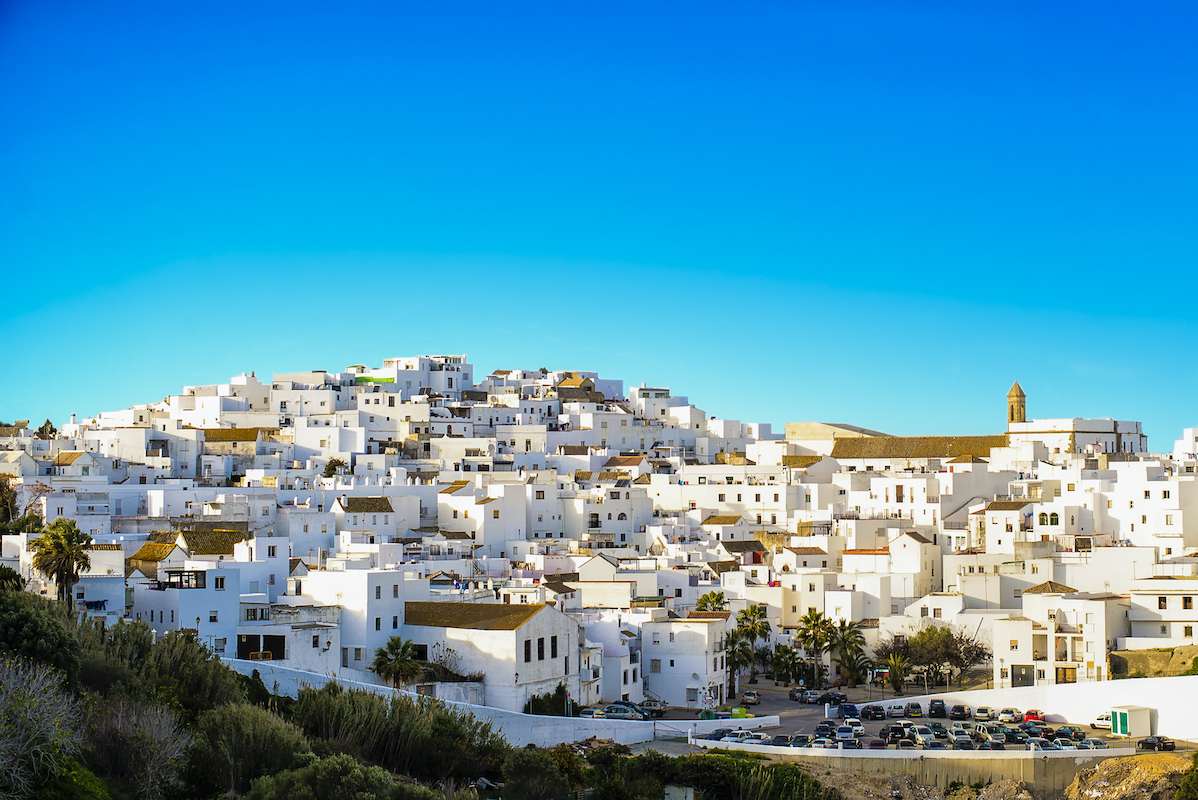
PUEBLOS BLANCOS DE CADIZ
The second largest and most populous region of mainland Spain, Andalusia is well-trodden ground for the millions upon millions of travellers who have sampled its pristine coastline and traipsed through its legendary cities of Seville and Cordoba. At its southernmost tip lies the Province of Cadiz which, while containing the iconic coastal town that gives it its name, is also home to a series of Pueblos Blancos – literally "White Towns".
These delightful settlements, built during the Moorish rule of southern Spain in the 9th and 10th centuries, are comprised of whitewashed limestone houses with trademark brown roofs, with winding lamplit alleyways snaking between them to create a cosy, charming atmosphere. Furthermore, these towns often feature sweeping views of the surrounding mountains, making them the perfect place for a romantic overnight stay.
Although the most famous of these towns is Ronda with its world-famous viaduct, our favourite is Vejer de la Frontera, adrift in the wild and rugged southern tip of the province. And it is here that travellers can find the brand new Plaza 18 hotel, which reopened on 5 February 2021. This boutique hideaway in the city's Old Town is set inside a 19th century merchant’s house and features just six bedrooms for that added touch of VIP exclusivity. Guests have use of the neighbouring El Jardín del Califa, one of Andalucía’s landmark Michelin-recommended restaurants, and the nearby Califa Hammam, a newly built bathhouse recreated precisely where it would have stood several hundred years ago, serving the needs of ritual purification according to Islam.
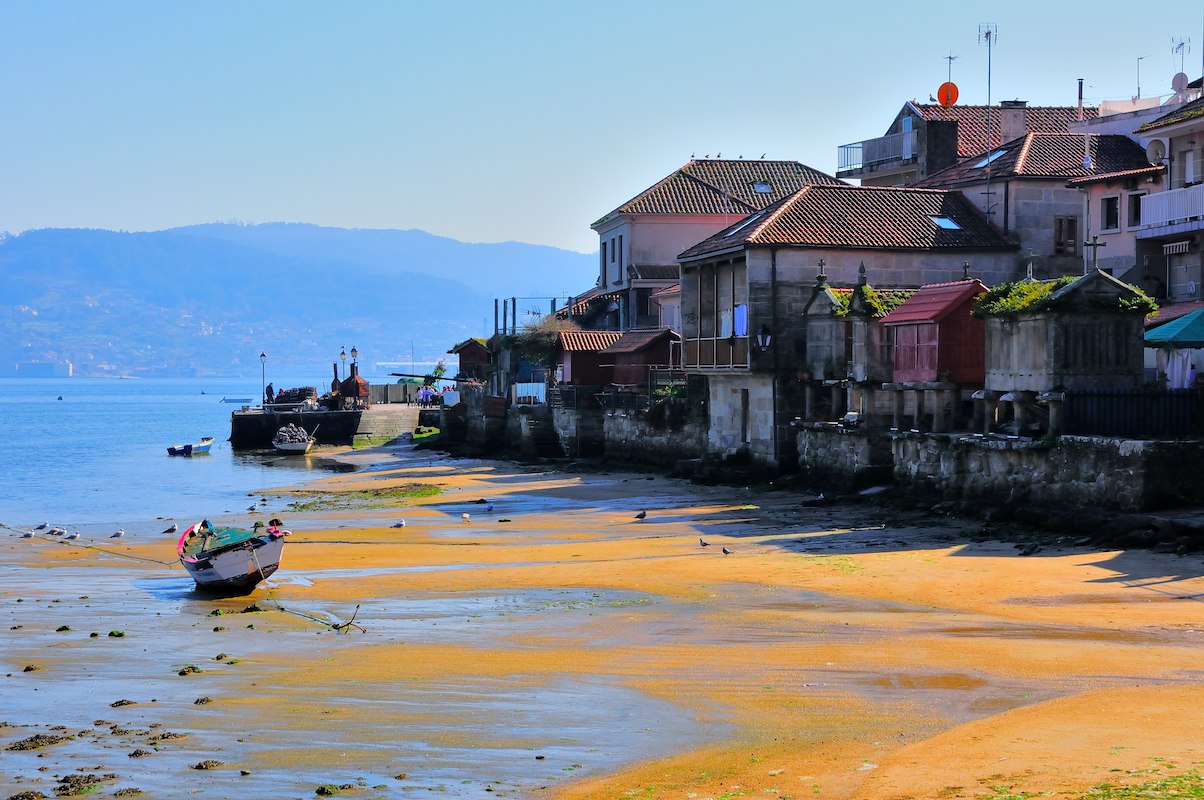
GALICIA
This uncompromising, untamed seafaring region is Spain at its most raw. It's the only corner of the country with a coastline directly on the Atlantic; thunderous waves crash against the rocks below towering lighthouses as fishermen trawl in the day's catch from the frigid ocean. And as one moves inland, the quaint villages clinging to the cliffs above the open water give way to dense forests, deep green fields and the unmissable Canón do Sil, a monumental canyon through which the majestic Sil river passes.
The region's capital of Santiago de Compostela is also highly deserving of a visit. The entire Old Town has been designated a UNESCO World Heritage site and serves as the confluence of a Europe-wide network of pilgrimage routes leading to the shrine of the apostle Saint James the Great, housed in the city's spectacular cathedral. Be sure to follow up a tour of the city with a dinner of empanadas galegas and a hearty plate of Galicia's world-famous octopus
For a taste of authentic Galicia, Kirker offers tailor-made short breaks and holidays for discerning travellers including flights and airport transfers, affording travellers more time for taking in the sights and sounds of this curious region. Sample itineraries can be found on the brand's website and Tempus recommends plucking for a package including the Parador Hostal Dos Reis Catolicos, just yards from the cathedral in the centre of Santiago,for an exclusive five-star stay at one of the region's most indulgent hotels. Here, guests are treated to a sumptuous mixture of history, art and tradition set among four spellbinding courtyards.
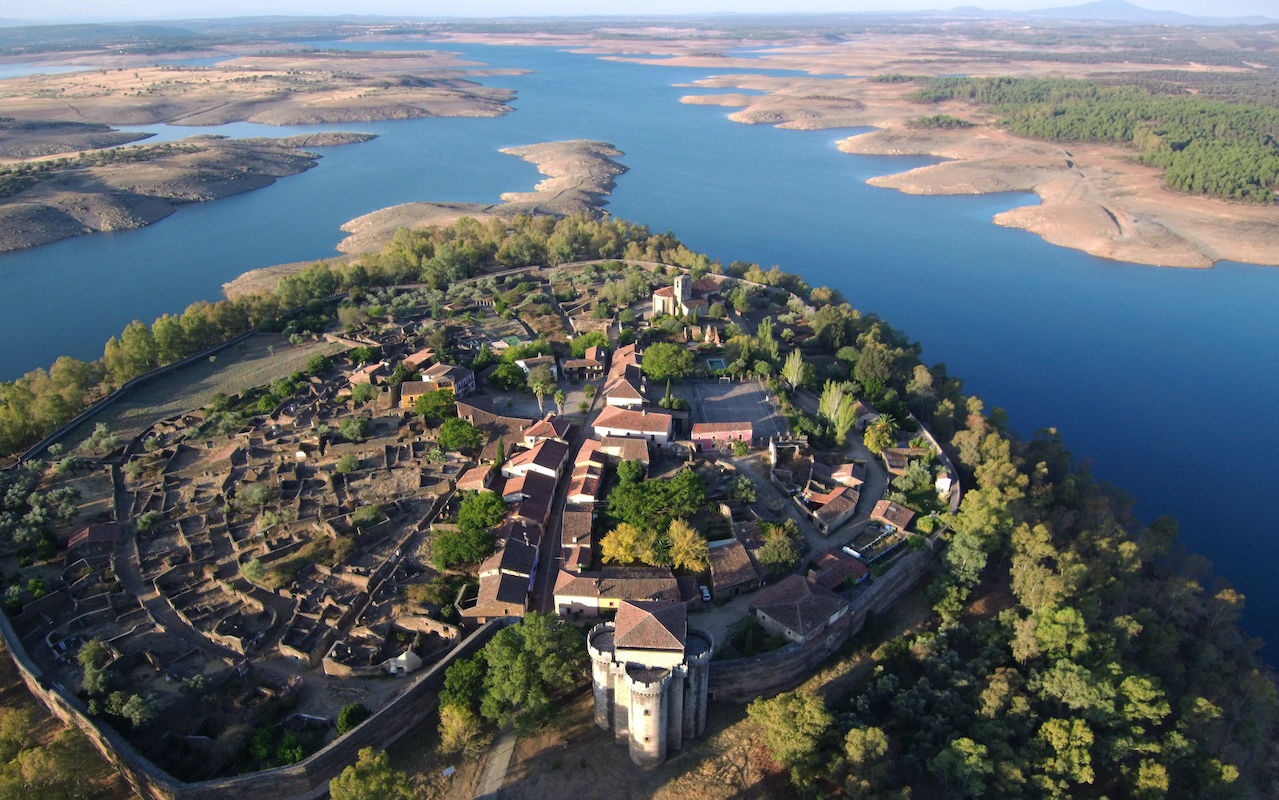
EXTREMADURA
The question you will almost certainly be asking yourself as you set foot in the region of Extremadura on Spain's border with Portugal is: "Where on Earth is everyone?"
The fifth-largest autonomous community in Spain by size but with one of its lowest populations, this remote and wild region is rarely visited by tourists despite its extraordinary geographical diversity ranging from intimidating mountain peaks to endless marshy flatlands. The area is teeming with wildlife too, with multiple endangered species making Extremadura their home due to its sparse population, including rare geckos, great bustards and even wolves. Travellers may also catch a glimpse of the wild Black Iberian pigs which roam the region's landscape, although they are more likely to spot them on their lunch plate in the form of the world-famous Jamón ibérico, of which Extremadura is one of the largest producers.
Kirker again is the go-to brand for exploring this unique corner of Europe. Along with the aforementioned flights and airport transfers, they also offer stays at Parador de Cáceres, a stylish yet cosy hotel tucked away in a secluded side street in one of the region's few urban settlements, Cáceres. Just minutes on foot from the Iglesia Concatedral de Santa María, a 15th-century granite church, this is a luxurious, comfortable base from which to embark on day trips around Extremadura.
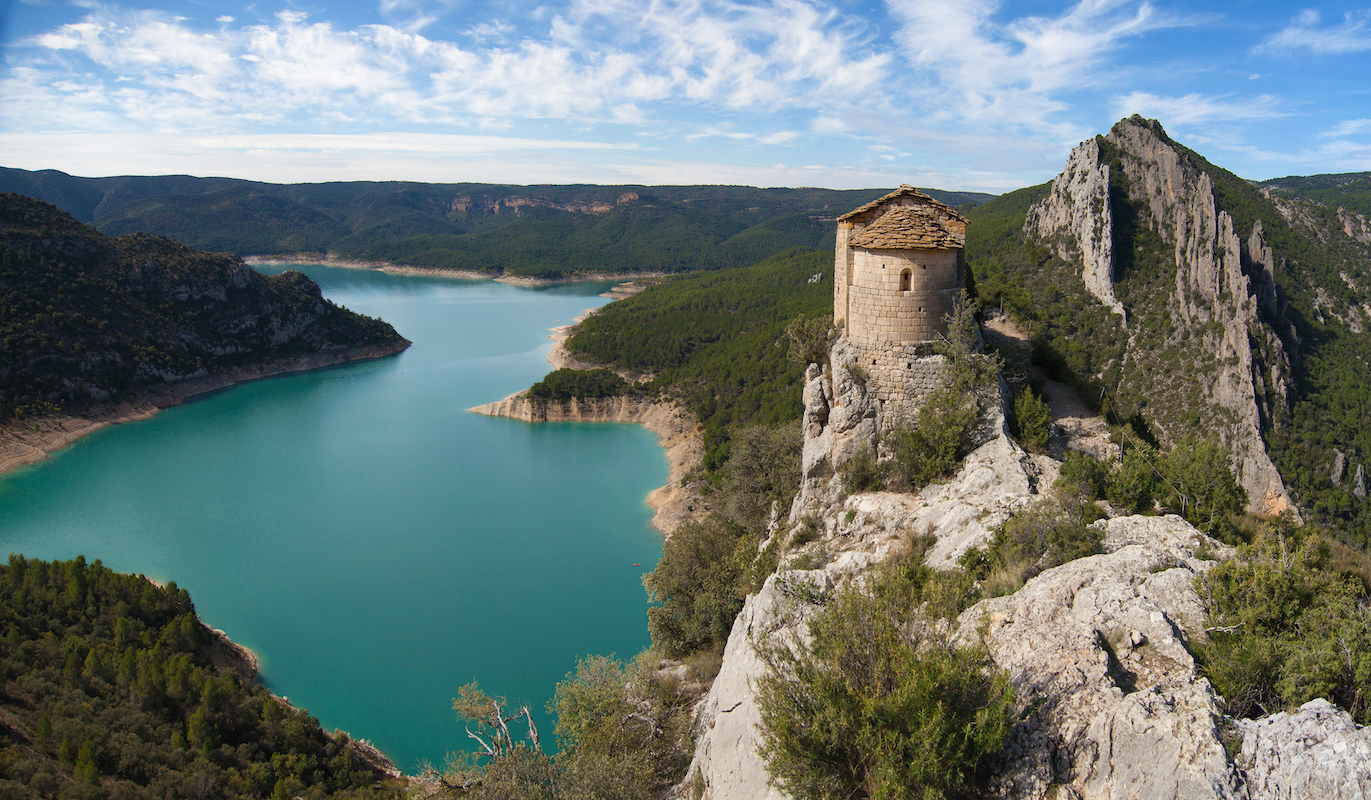
PROVINCE OF LLEIDA
Perched up high in the Pyrenees mountains and snuggled up to the French border, the Province of Lleida is Catalonia's answer to the Haute Tarantaise. In summer it is a hiker's paradise, with empty trails snaking between the peaks, while in winter it offers world-beating skiing opportunities without millions of eager-yet-clumsy powder hounds zooming past you on the slopes.
But the landscape is not the only draw here. For those who seek out cultural curiosity, the Val d'Aran is of particular interest – while Catalonia is known for speaking its own language distinct from Spanish, the people of this ultra-remote valley take linguistic exclusivity a step further by speaking Aranese, a Pyrenean Gascon variety of the Occitan language spoken in southwest France. Despite having only around 5,000 fluent speakers, Aranese retains the status of an official language in this fascinating hiking destination.
The luxurious five-star rooms of Finca Prats Hotel is waiting on the outskirts of the capital Lleida, nestled in the rolling hills of the southern tip of the province. Here, guests can partake in some serious detoxing at the on-site spa or even hit the links at the 18-hole Raimat Golf Club, situated just one mile from the hotel.
Read the first instalment of our European Detour series, all about Italy, here.







